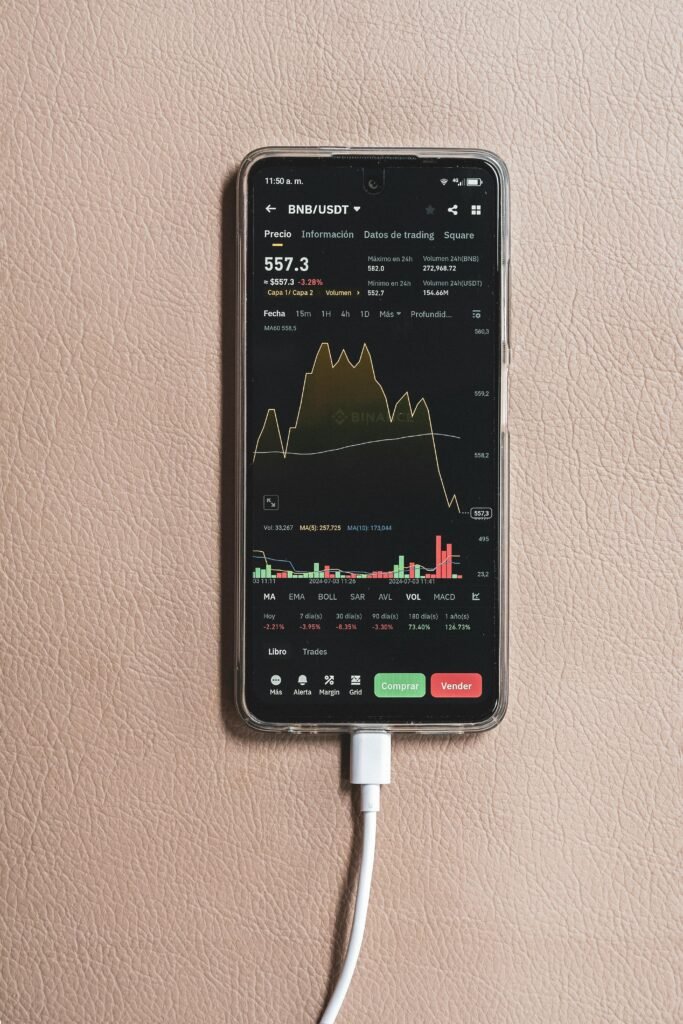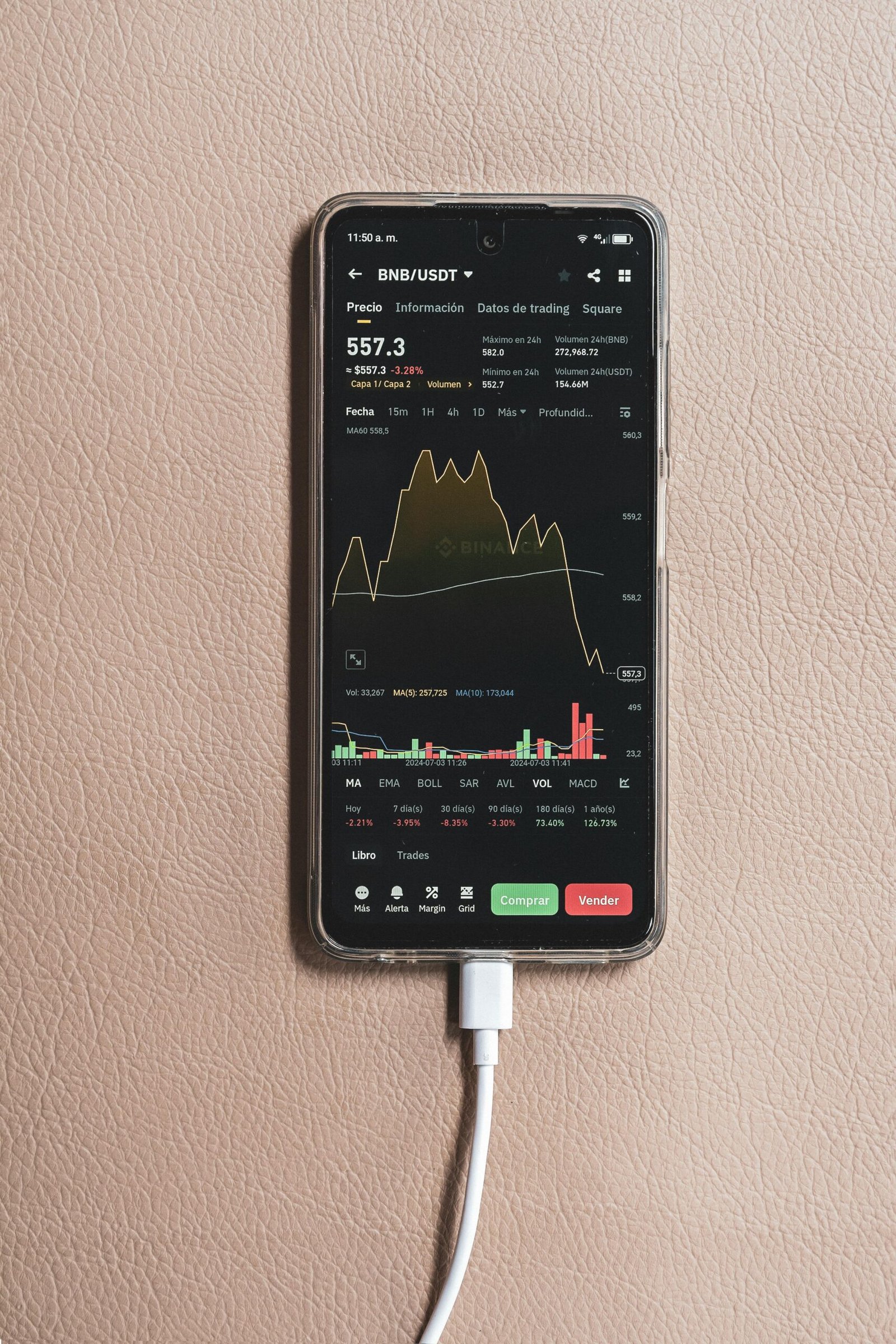How to Launch a Token on BNB Chain in 5 Easy Steps
1. Why Launch on BNB Chain?
When it comes to launching a new token, choosing the right blockchain is half the battle. The BNB Chain (formerly Binance Smart Chain) has rapidly become a go-to choice for developers and entrepreneurs looking to deploy tokens with speed, efficiency, and scalability.

Table of Contents
Fast Transactions and Low Fees
BNB Chain is designed for performance. With block times of around 3 seconds and significantly lower gas fees compared to Ethereum, it’s ideal for startups and projects that need to handle a high volume of transactions without breaking the bank. Whether you’re building a utility token, DeFi protocol, or a GameFi project, users benefit from smooth, cost-effective interactions.
Strong Developer Community and Ecosystem
BNB Chain isn’t just fast—it’s also backed by one of the most active development ecosystems in the Web3 space. Tools like MetaMask, Remix, and Truffle are fully compatible. Plus, you gain access to robust support from Binance, hackathons, grants, and integration opportunities with hundreds of dApps, oracles, and services.
Ideal for DeFi, GameFi, and Utility Tokens
From launching staking platforms to powering in-game economies, BNB Chain offers flexibility for all types of token use cases. It supports the widely adopted BEP-20 token standard, making your token easily tradable on major decentralized exchanges like PancakeSwap, and eventually listable on platforms like CoinMarketCap and CoinGecko.
2. Step 1: Define Your Token’s Purpose and Tokenomics
Before you write a single line of code, it’s essential to clearly define why your token exists and how it will function within your ecosystem. This step lays the foundation for your project’s long-term success.
What Problem Does Your Token Solve?
Ask yourself: What value does your token provide? Is it for governance, staking, payments, or in-game rewards? A well-defined purpose not only attracts users and investors but also helps prevent confusion and regulatory issues down the road.
Deciding Total Supply, Utility, and Distribution
Think through your token’s total supply (e.g., 1 million, 100 million, or deflationary with burn mechanisms). Decide how tokens will be allocated:
- Team and Advisors
- Development Fund
- Marketing and Airdrops
- Public and Private Sales
- Liquidity Pools
Define clear utility—whether it’s staking for rewards, transaction fees, or governance voting.
Choosing a Token Standard: BEP-20 vs Others
On BNB Chain, the BEP-20 standard is the most commonly used. It’s fully compatible with major wallets and DEXs. Unless you have a highly specific use case, BEP-20 is the way to go.
3. Step 2: Create and Deploy Your Smart Contract
With your tokenomics and purpose clearly defined, it’s time to bring your token to life by writing and deploying a smart contract on the BNB Chain. You don’t need to be a Solidity expert—just follow these steps carefully.
Set Up MetaMask and Connect to BNB Chain
First, install the MetaMask wallet if you haven’t already. Then:
- Open MetaMask and add the BNB Smart Chain network manually.
- Fund your wallet with a small amount of BNB to cover gas fees (you can buy BNB on Binance and transfer it).
Use Remix IDE to Write a BEP-20 Smart Contract
Head over to Remix IDE, an in-browser Solidity editor. You can:
- Use an open-source BEP-20 token template (many are available on GitHub).
- Customize parameters like name, symbol, supply, decimals, etc.
- Review the code to ensure no malicious functions (like
mint()orowner-only transfer()abuse).
Example GitHub repo: OpenZeppelin Contracts
Test and Deploy the Contract with BNB
Before going live:
- Use BNB Chain Testnet to test your contract with dummy BNB.
- Check everything: token transfer, wallet visibility, and decimals.
Once verified, switch to the Mainnet in Remix, deploy the contract, and confirm the transaction via MetaMask.
🔐 Pro Tip: Always double-check the contract address before sharing it publicly.
4. Step 3: Verify and Publish Your Token
Now that your smart contract is live on the BNB Chain, the next crucial step is to verify and publish it. This increases transparency, builds trust, and ensures your token is recognized by wallets and explorers like BscScan.
Verify Your Contract on BscScan
Head to BscScan’s Contract Verification Tool:
- Enter your deployed contract address.
- Select the compiler version and license type (make sure they match what you used in Remix).
- Paste your source code and complete the verification.
Once verified, users can read and interact with your contract directly through BscScan.
Add Token Details: Name, Symbol, Decimals
If you’ve used a standard BEP-20 contract, most wallets will automatically display your token. However, to improve recognition:
- Submit your token info to Trust Wallet, MetaMask, and other wallets.
- Include token logo, name, symbol, and decimals.
This helps your community easily view and interact with your token.
Enable Token Visibility in Wallets
To manually add your token in MetaMask or Trust Wallet:
- Go to “Add Custom Token”
- Paste the token contract address
- Fill in the Name, Symbol, and Decimals (usually 18)
Your token will now appear in your wallet and can be freely transferred or used in dApps.
5. Step 4: Provide Liquidity and List on a DEX
Now that your token is live and verified, the next step is to make it tradable. This means creating a liquidity pool and listing your token on a decentralized exchange (DEX) like PancakeSwap.
Add Liquidity on PancakeSwap or Other DEXs
Go to PancakeSwap, connect your MetaMask wallet, and:
- Navigate to Liquidity > Add Liquidity
- Select your token and pair it with BNB or a stablecoin like BUSD
- Choose the amount of each token to deposit into the liquidity pool
This will create a trading pair (e.g., TOKEN/BNB) and enable others to buy and sell your token.
Set Initial Price and LP Token Ratio
When providing liquidity, you effectively set your token’s initial price. For example:
- 1,000,000 TOKEN + 10 BNB → starting price = 1 BNB = 100,000 TOKEN
Be cautious—setting the price too high or low could affect credibility and trading dynamics.
💡 Consider locking or burning some LP tokens using services like Unicrypt to build trust.
Share Your Contract Address with the Community
Once listed, promote your token’s:
- Contract address (so people can safely add and trade your token)
- PancakeSwap link to buy or add liquidity
- Token info on BscScan for transparency
6. Step 5: Promote and Grow Your Token Project
Your token is now live, tradable, and functional—but without community and visibility, it won’t go far. This step is all about building traction, gaining trust, and creating utility for your token.
Build a Community on Telegram, X (Twitter), and Discord
Strong communities fuel token adoption. Launch and actively manage:
- Telegram for support, announcements, and direct engagement
- X (formerly Twitter) for updates, giveaways, and exposure
- Discord for deeper community building and project governance
Engage daily. Answer questions. Show progress.
Launch Airdrops, Contests, and Partnerships
Use strategic airdrops to onboard users—but avoid giving away too much. Combine with:
- Bounty campaigns (e.g., meme contests, referral challenges)
- Influencer partnerships for added reach
- Cross-project collabs in your niche (GameFi, NFTs, etc.)
The goal is to build real interest and utility—not just hype.
Submit to Token Listings (CoinMarketCap, CoinGecko)
To appear on major trackers:
- Apply for CoinGecko: CoinGecko Listing Form
- Apply for CoinMarketCap: CMC Listing Form
Ensure your contract is verified, and provide liquidity, socials, and transparency.
7. Bonus Tips: Security and Compliance
Launching a token isn’t just about getting it live—it’s about keeping it secure and legally sustainable. This section helps you avoid costly mistakes that could lead to exploits, lost funds, or legal trouble.
Get Your Smart Contract Audited
Even if your token uses a standard BEP-20 template, smart contract vulnerabilities can be catastrophic. Always get your contract reviewed by a reputable auditing firm such as:
- CertiK
- HashEx
- SlowMist
- SolidProof
An audit boosts investor trust and minimizes the risk of malicious exploits.
Avoid Hardcoded Vulnerabilities and Backdoors
Be especially cautious with:
- Functions like
mint(),burn(), andpause()—ensure they have proper access control. - Ownership transfer—avoid keeping control indefinitely without a multisig or DAO structure.
- Hardcoded values or private keys—these can be disastrous if leaked or misused.
Use open-source libraries like OpenZeppelin to minimize custom code risks.
Understand Legal Implications in Your Jurisdiction
Depending on your country, tokens may fall under securities, utility, or commodity classifications. To stay compliant:
- Consult a crypto-savvy lawyer before public fundraising.
- Avoid making financial promises or guarantees.
- Consider registering your project or forming an entity (LLC, DAO, foundation).
Regulatory clarity now can prevent fines or shutdowns later.
8. Conclusion: Start Small, Build Smart
Launching a token on the BNB Chain is more accessible than ever—but success goes far beyond deployment. The key is to:
- Start with clear purpose and tokenomics
- Build trust through security, audits, and transparency
- Create value through community, utility, and strategic growth
Remember: a token is only as strong as the ecosystem behind it. Don’t chase hype—build real utility, engage your users, and evolve based on feedback.
BNB Chain offers the perfect blend of scalability, low fees, and developer support. Whether you’re creating a GameFi token, a DeFi utility, or a governance coin, now is the time to launch with intention.
9. FAQs
Q1: How much BNB do I need to launch a token?
You can deploy a simple BEP-20 token for as little as 0.01–0.05 BNB, depending on gas fees. More complex contracts or DEX liquidity will require additional funds.
Q2: Do I need to know how to code?
Not necessarily. You can use verified open-source BEP-20 templates or token generator tools like CoinTool, Pinksale, or DxMint. However, basic knowledge of Solidity helps with customization and security.
Q3: Can I launch a token without providing liquidity?
Yes, but it won’t be tradable on DEXs like PancakeSwap. Without liquidity, your token may appear inactive or non-functional to users.
Q4: How do I get listed on CoinMarketCap or CoinGecko?
You need to:
- Verify your contract
- Provide basic token info
- Show proof of liquidity and active community
- Submit an application through their official forms
Q5: What’s the difference between BEP-20 and ERC-20?
Both are token standards—ERC-20 is for Ethereum, while BEP-20 is for BNB Smart Chain. BEP-20 is faster and cheaper but operates in a separate ecosystem.
Read Also: Best BNB-Based Tokens That Outperformed the Market




